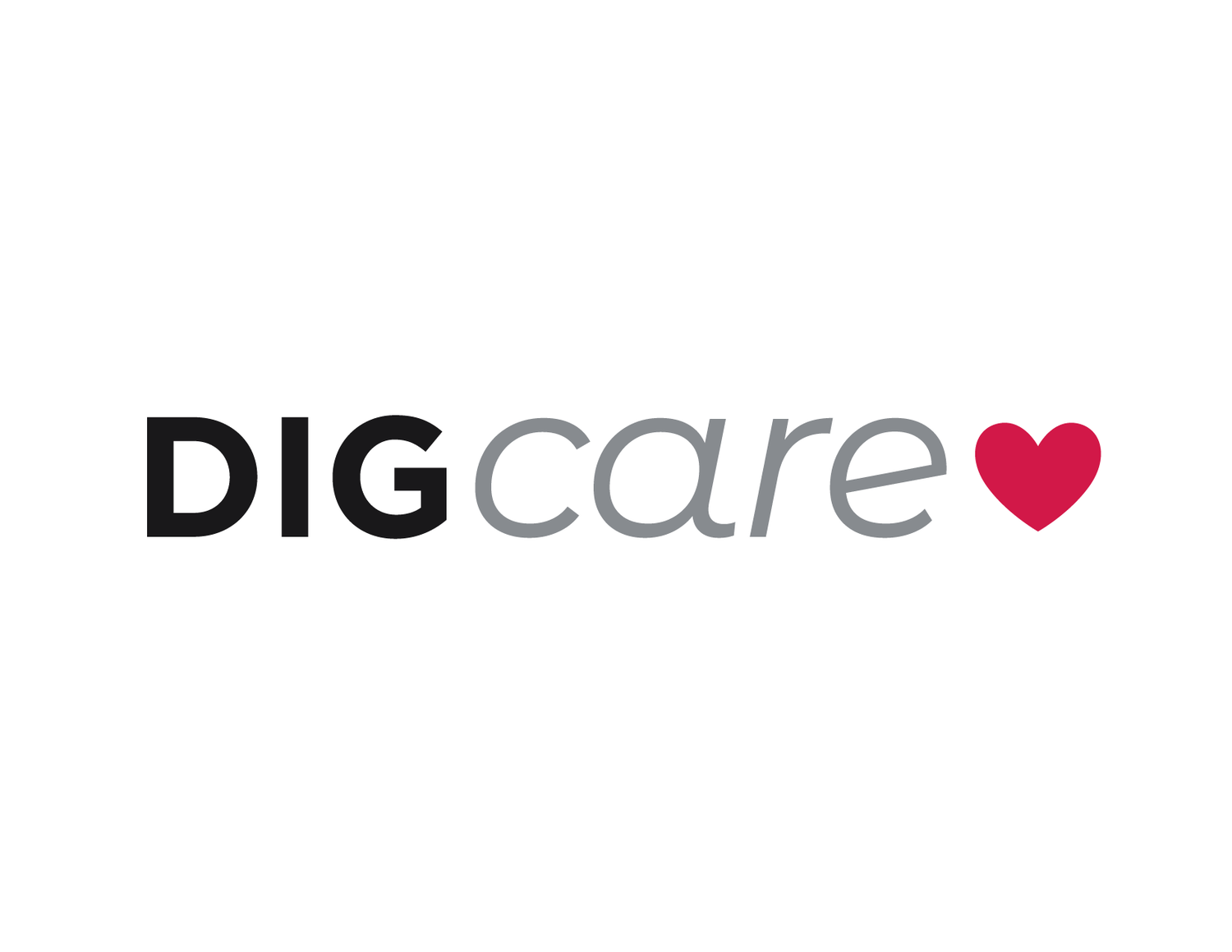Health & Safety Tips: Restaurants
Restaurant dining rooms around the country have been closed for weeks due to COVID-19. Many businesses were required to adapt to the new landscape and shift to takeout and delivery. Now, some are facing the question of whether to re-open and how that will look like under specific measures and guidelines from the CDC and local authorities. The CDC has offered a number of considerations before restaurants can safely re-open and serve the general public while also taking into account the health and safety of their patrons.
Encourage employees who are sick or who have had recently had close contact with a person with COVID-19 to stay home. Employees should not fear having to stay home for missing work. Develop and reinforce policies that allow for them to stay home without punishment.
Require more frequent employee handwashing, especially for those handling and preparing food. Wash with soap and water for at least 20 seconds.
Employees should cover their coughs and sneezes with tissues. Afterward, employees should wash their hands immediately with soap and water for at least 20 seconds.
Masks or cloth face coverings should be worn at all times for restaurant staff.
Ensure your business has adequate Personal Protective Equipment (PPE) supplies, not just for your employees, but also for your patrons. This includes soap, hand sanitizer containing at least 60% alcohol, disinfectant wipes, and cloth face coverings.
Post visible signs and messages throughout the restaurant to reinforce protective measures against COVID-19. This promotes a healthy and safe environment for all employees and patrons involved.
Clean and disinfect frequently touched surfaces such as door handles, cash registers, workstations, sink handles, and bathroom stalls. Shared objects such as condiment holders, tabletops, and countertops should be cleaned thoroughly after each use. In addition, a schedule for an increased cleaning and disinfection of the entire restaurant and kitchen should be implemented.
Discourage the use of sharing items and limit the sharing of food, utensils, equipment, and supplies by patrons and staff members.
Modify restaurant layout and procedures to encourage physical/social distancing among patrons. Seating capacity will have to be limited. If possible, consider offering drive-through or curbside pickup for customers not yet comfortable with dining in physically.
Plexiglass barriers might need to be installed, especially throughout the restaurant where maintaining a 6-foot distance is difficult.
NOTE: The information in this blog has been sourced from reputable websites and specific individuals implementing precautionary measures within their own businesses. DIG is not responsible nor liable for recommending such precautionary practices. These measures are in place in order to help prevent the spread of the coronavirus (COVID-19), and does not prevent you from contracting any disease or virus. If you have any questions or other concerns regarding the COVID-19, please consult with your doctor or another licensed health care professional.
